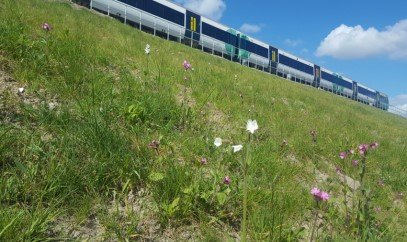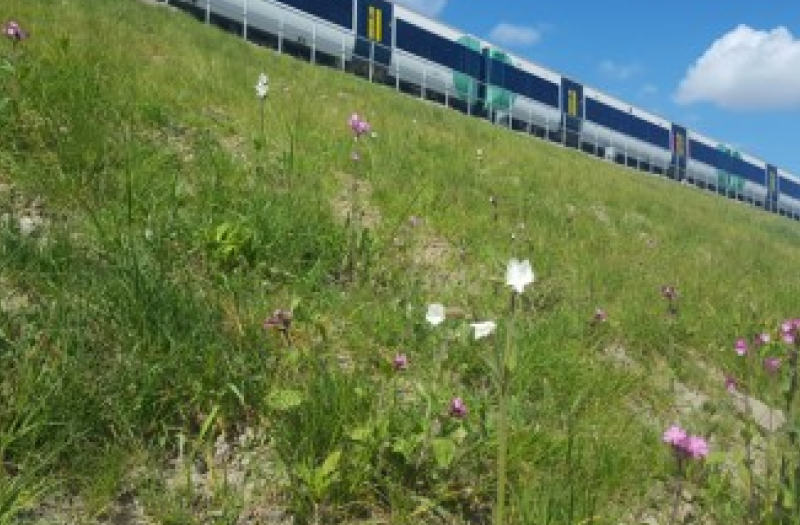Thameslink Programme: Bermondsey Dive Under

The site is located to the east of London Bridge station in a highly urbanised area close to South Bermondsey train station and Millwall football stadium, surrounded by commercial and residential properties.
To untangle the tracks approaching London Bridge station reducing delays and to achieve net positive biodiversity.
This project was delivered by Skansa and Network Rail as part of the Thameslink Programme which is committing to increasing the biodiversity of its sites, through a Biodiversity Net Positive Policy. The original Bermondsey site had limited botanical diversity and low conservation value and part...
|
Potential impacts/ benefits |
||||
|
Challenges addressed |
Enhancing sustainable urbanisation |
Restoring ecosystems and their functions |
Developing climate change mitigation |
Developing climate change adaptation |
|
Green space management (Including enhancing/conserving urban biodiversity) |
· Changing image of the urban environment · Increase willingness to invest in NbS |
· Increase biodiversity · Increase quality and quantity of green infrastructures |
· Reduction of energy in the production of new buildings and building materials |
· Reduce run off |
|
Participatory planning and governance |
· Social learning about location and importance of NbS · Social inclusion |
|||
Creation of biodiverse corridors can be designed into most new railway lines.
It is important to plant at the right time to ensure success of wildflowers and prevent the infestation of pioneer species like Buddleia.
It is important to engage with local councils and communities to create the best design for the area.
The total cost was £50 million and was funded by Network Rail as part of the Thameslink Programme.




